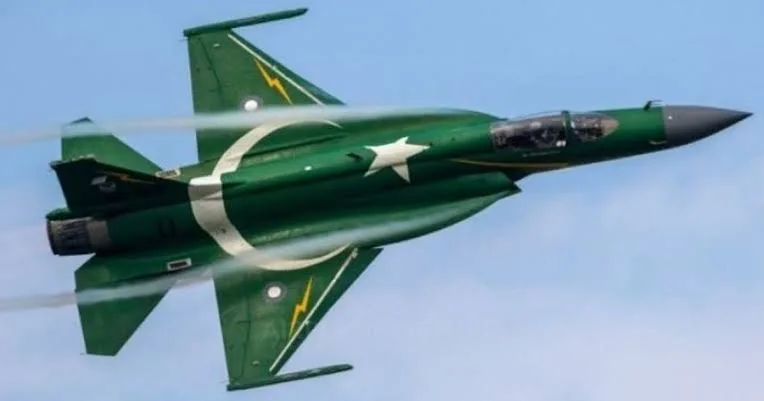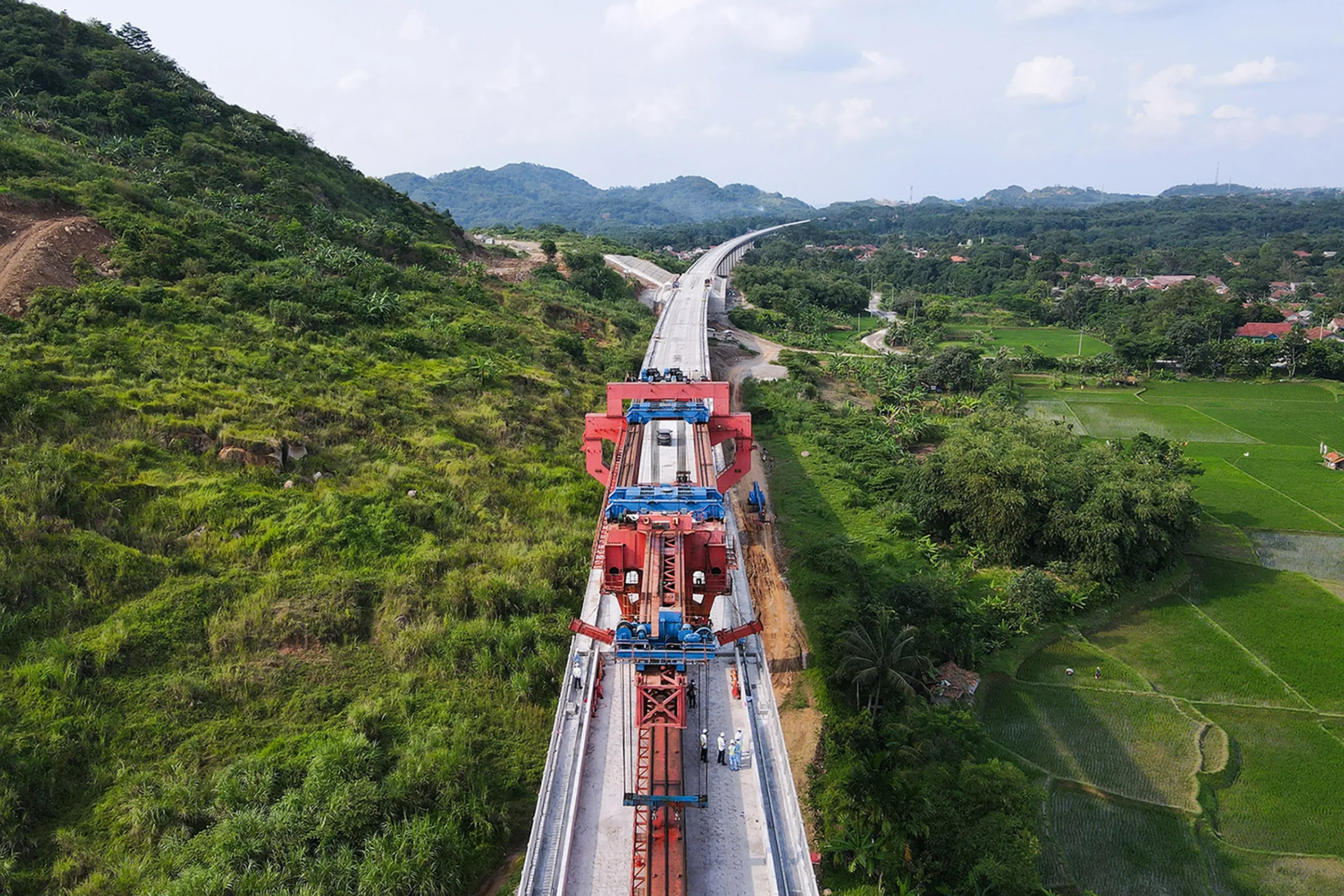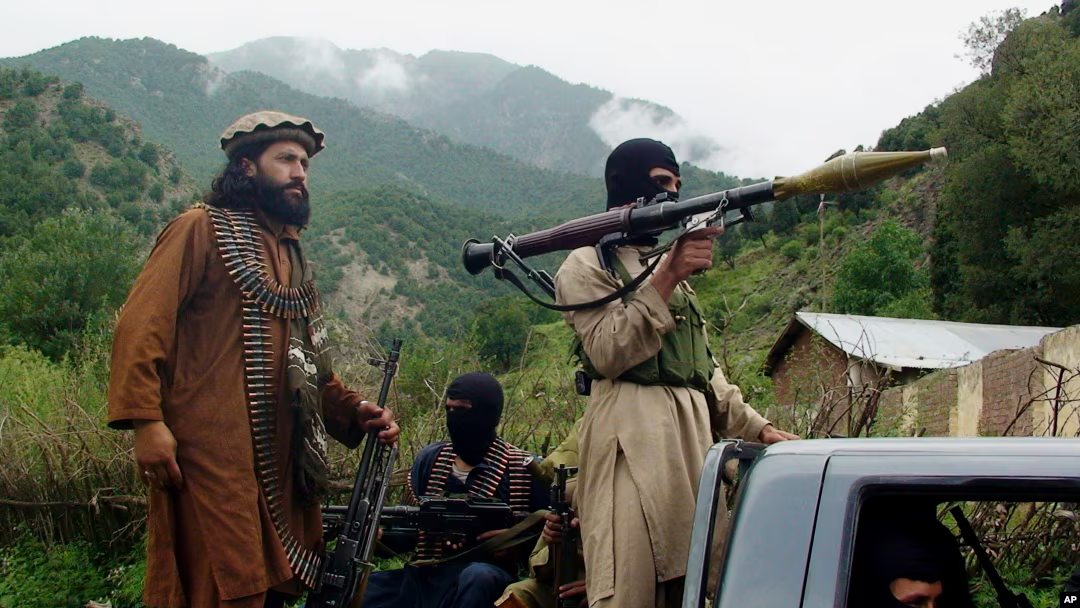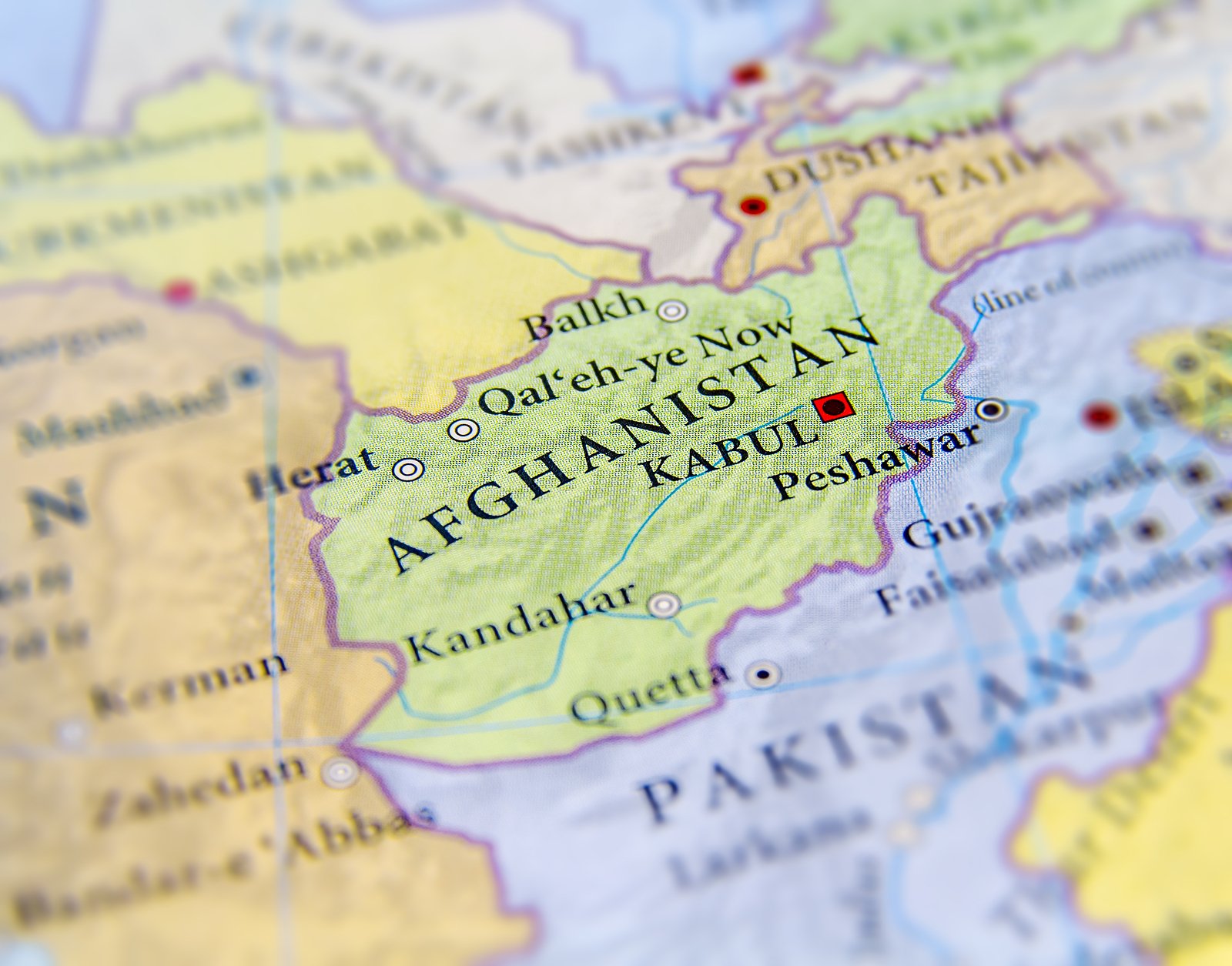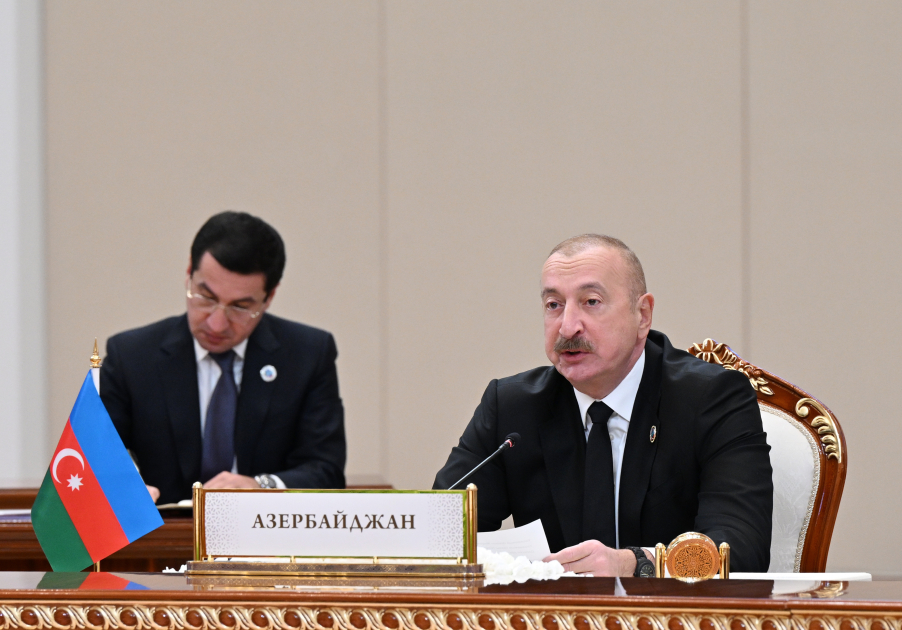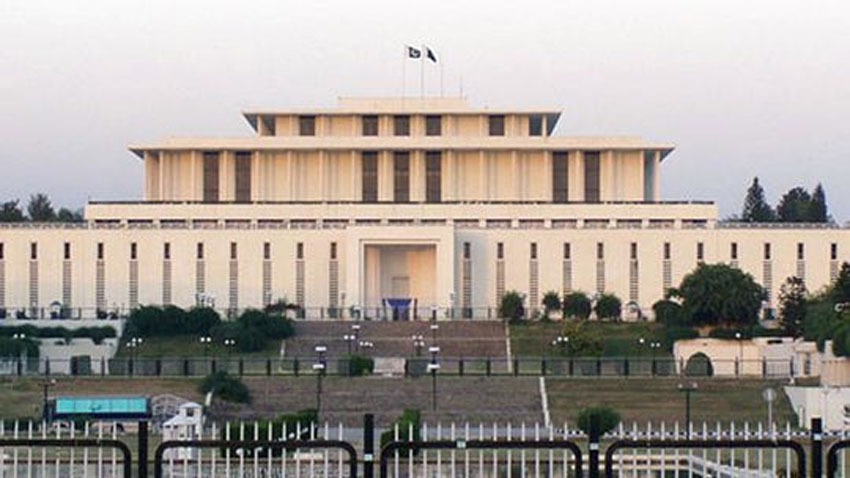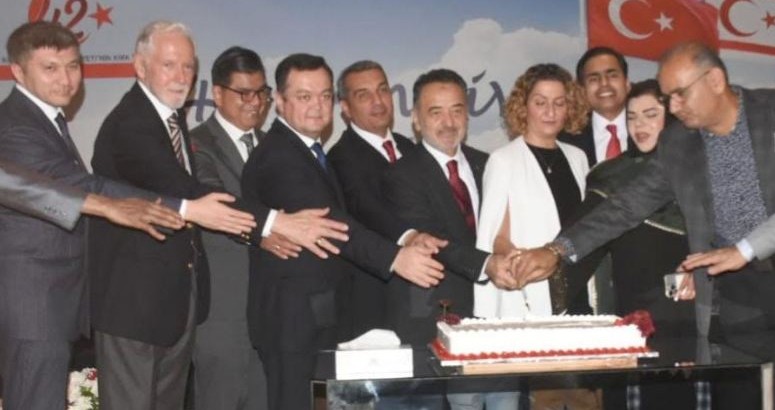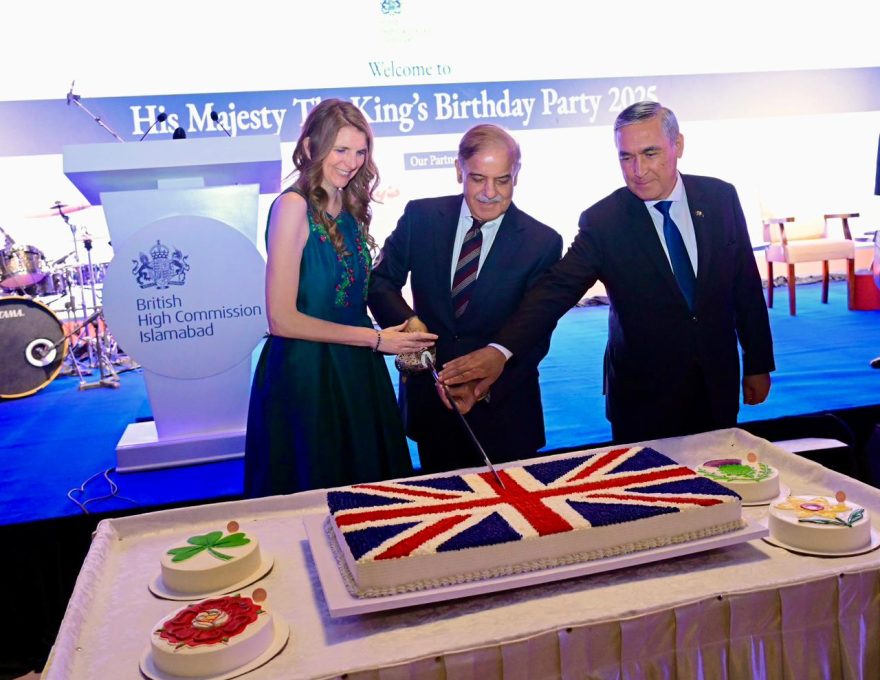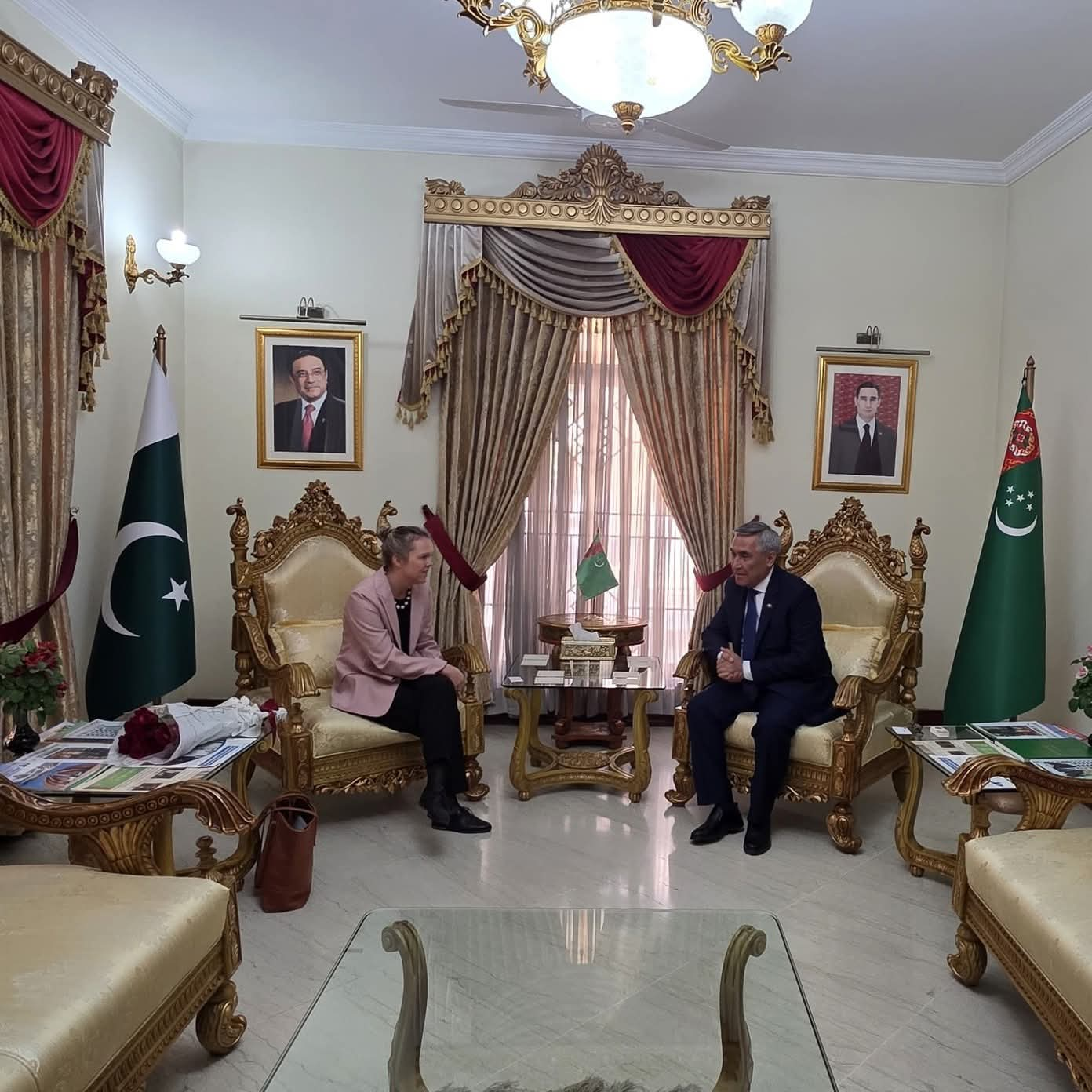In an era characterised by rapid technological advancements and evolving geopolitical landscapes, the Pakistan Air Force (PAF), led by Air Chief Marshal Zaheer Ahmed Baber Sidhu, is actively engaged in a comprehensive modernisation effort to transform itself into a next-generation air force. As the intricacies of modern warfare prompt conventional forces to adapt swiftly, the PAF is taking a leading role in incorporating cutting-edge technologies to ensure full-spectrum readiness for the challenges of the 21st Century.
1. Operational Excellence
The PAF is committed to operational excellence and actively engages in international air exercises to enhance its capabilities, fortify partnerships, ensure heightened preparedness, and foster interoperability and coordination with friendly air forces. A pertinent example of this is the exercises conducted by the PAF, with the most recent being Exercise Indus Shield. The manifestation of PAF’s operational capability and professionalism is reflected in the operations it undertakes be it in peacetime or in any kind of contingency.
2. Human Resource
Human resource development remains central to the PAF’s modernisation strategy. It has, therefore, initiated substantial organisational restructuring aimed at enhancing its agility and operational efficiency. It also prioritises equipping its personnel with the skills and knowledge required for modern air warfare, emphasising education and training from nurseries to academies and through dedicated hubs such as the Jinnah Centre of Character and Leadership and other higher seats of learning in the service.
3. Electronic Warfare and UAVs
For electronic warfare, the PAF has inducted Global-6000 SOJ, Electronic Air Defence System (EADS), Multi-function Integrated Ground-to-Air EW System (MIGAES) and AntiDrone Systems. It has also acquired and operationalised unmanned aerial platforms TB2 and Wing Loong Medium-Altitude Long-Endurance (MALE) and Akinci High-Altitude Long-Endurance (HALE), and loitering munitions. PAF will have the region’s first HALE platform, which will be equipped with AESA Radar and EW payloads in the coming months, and is also expected to perform in an Air-to-Ground role. The PAF has additionally acquired Shahpar-II and plans to induct Shahpar-III this year, besides, being actively involved in indigenous efforts to design and develop killer drones.
4. Combat and Support Aircraft
Under the Smart Induction Programme spearheaded by Air Chief Marshal Zaheer Ahmed Baber Sidhu, the PAF has announced the acquisition of the fifth-generation J-31 Gyrfalcon stealth aircraft. It has also operationalised various combat and combat support systems equipped with advanced technologies. Notable examples include the J-10C and JF-17 Block III, showcasing the PAF’s commitment to technological prowess. Upgrading existing assets such as the F-16 and JF-17 Block I and II aircraft with the latest avionics suite ensures a balanced fiscal approach and operational efficiency. Spadework for acquiring the L-15 trainer from China has also been completed. Moreover, to boost operational support capabilities, it has also inducted air mobility platforms C-130H, Airbus 319 (Cargo and Air Ambulance), Boeing 737 cargo version, BKA-350i and Piper M-600.
5. Integrated Air Defence
For an Integrated Air Defence System, PAF has fortified the outermost tier with the Highto-Medium Altitude Air Defence System (HIMAD), followed by the deployment of Closein-Weapon Systems in the subsequent tier, culminating in anti-swarm/anti-drone systems forming the innermost ring Through the incorporation of advanced technologies such as HQ-9B, HIMADS, HQ-16, and Skydome/JN 614 anti-swarm systems, PAF is poised to deliver the essential safeguarding of vulnerable assets. Radar capabilities are also being upgraded with the introduction of the YLC-8E Mobile UHF Radar System, MMR and YLC18, contributing to maintaining a robust air defence environment.
6. Cyber and Space
Recognising the significance of the cyber and space domains in modern conflict, the PAF has established a Cyber and Space Command, equipped with state-of-the-art capabilities for both defence and offence. This dual focus on cyber and space capabilities positions the PAF as a comprehensive and forward-thinking force.
7. Centres of Excellence and Rejuvenating Policies
Revamping centres like the Airpower Centre of Excellence, and adding the UAV Centre of Excellence, and Centre of Excellence for Air Mobility and Aviation Safety, besides the College of Air Defence, along with updated personnel policies, contribute to a culture of excellence within the PAF.
8. Development of Aerospace Industry (NASTP)
A cornerstone of the PAF’s modernisation efforts is the drive towards indigenisation and self-reliance. The National Aerospace Science and Technology Park (NASTP) serves as the flagship initiative in this regard, with clusters in Kamra and techno-parks in Rawalpindi, Karachi, Lahore, and Kharian. These technology divisions span aerospace, cyber, IT, AI, training, certification, and incubation domains, fostering innovation and collaboration with the private sector. The private sector’s integration, with over 75 cohorts, start-ups, and SMEs, underscores the PAF’s commitment to leveraging external expertise and resources. The Aerospace Design and Innovation Centre, scheduled for inauguration next month, will further enhance capabilities in designing and developing advanced aerospace technologies. Furthermore, to provide security for these initiatives, NASTP has been placed under the Special Investment Facilitation Council (SIFC), highlighting the integral role it is expected to play in Pakistan’s economic revival.
9. Self-Reliance
The indigenisation effort extends to the development of Pakistan’s first indigenous fighter aircraft. The JF-17 PFX programme, set to be formally launched alongside the Aerospace Village in February 2024, represents a significant milestone in the PAF’s pursuit of selfreliance and other niche technologies required for the development of the aerospace industry in Pakistan. The JF-17 PFX programme has progressed to 30 to 40 percent into the design phase.
The PAF’s comprehensive modernisation journey under Air Chief Marshal Zaheer Ahmed Baber Sidhu is a testament to his forward-thinking approach to addressing the challenges of contemporary warfare. The commitment to the operationalisation of latest technology, indigenisation and self-reliance will not only bolster the PAF’s capabilities but also contribute significantly to Pakistan’s economic growth.
Air Marshal Asim Suleiman (Retd) is President at the Centre for Aerospace and Security Studies (CASS), Lahore.
